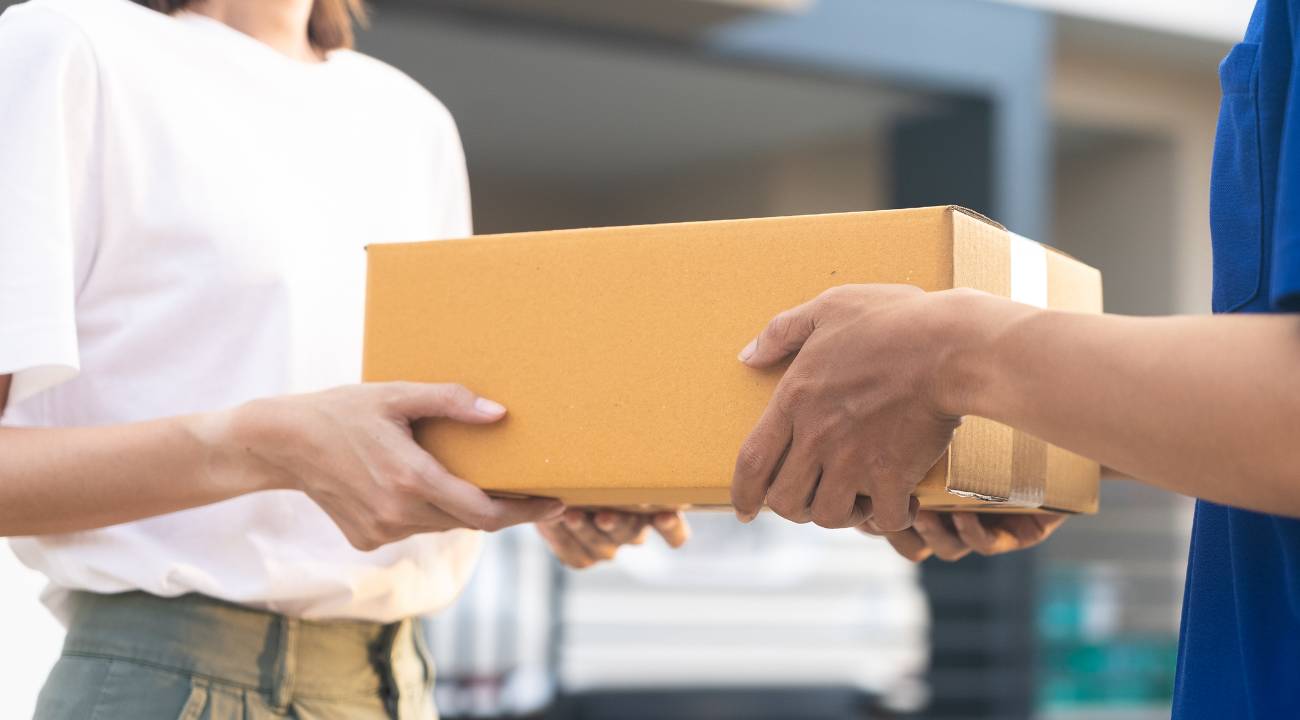 What Are Parcel Delivery Scams?
What Are Parcel Delivery Scams? Online shopping has become an inseparable part of modern life. However, with the rise of internet shopping, scammers have also become more active. Parcel delivery scams are among the most common types of fraud that can target unsuspecting customers. In this article, we will examine the types of scams you may encounter throughout the year, how to protect yourself, and how to identify suspicious situations in detail.
Parcel delivery scams involve fraud related to package deliveries. Scammers often impersonate legitimate shipping companies through fake messages, emails, or phone calls. Their goal is usually to steal personal information, credit card details, or trick you into making a fake payment.
Scammers send emails or SMS messages claiming that “Your package cannot be delivered” or “Payment is required.” These messages often include official-looking logos of legitimate shipping companies.
Tip:
Do not click on any links in the message.
Always check the status of your package through the official website or customer service of the shipping company.
Some scammers contact customers directly via phone, asking for payment under the guise of delivery fees, customs duties, or extra service charges.
Tip:
Do not make any payments over the phone.
Always verify the information using official contact channels.
Links in emails or SMS messages may lead to fake websites designed to steal your credit card or personal information.
Tip:
Manually enter the shipping company’s official website instead of clicking the link.
Ensure the URL is secure (HTTPS).
Scammers may claim your package cannot be delivered unless you make a payment in advance, especially targeting COD (cash on delivery) users.
Tip:
Do not pay before receiving your package.
Never make a payment without a delivery document or tracking number.
Use Official Channels: Always check your package status via the shipping company’s official website or app.
Be Careful with Links: Verify URLs before clicking links in SMS or emails.
Do Not Share Personal Information: Never provide personal information in response to phone calls or emails.
Report Suspicious Activity: Inform the shipping company about suspicious emails or messages.
Use Antivirus and Security Software: Protecting your devices adds an extra layer of defense against scam websites.
Q: I received an SMS saying my package didn't arrive. What should I do?
A: Do not click any links in the message. Check your package using the official tracking number on the courier’s website.
Q: I received a phone call asking for payment for my package. Should I pay?
A: Absolutely not. Always verify with official channels before making any payment.
Parcel delivery scams tend to increase during periods of high online shopping activity. Fake messages, calls, and links can easily trick users. However, being aware and taking basic security measures is the most effective way to protect yourself from fraud.
Remember: Always use official channels for any package-related process and verify suspicious situations to minimize your risk of falling victim to scams.